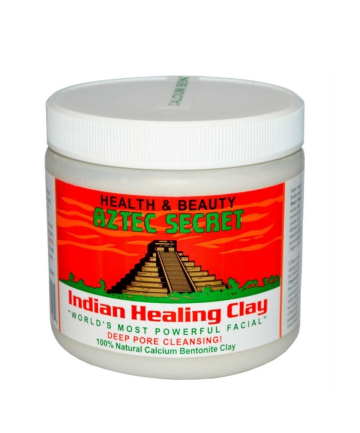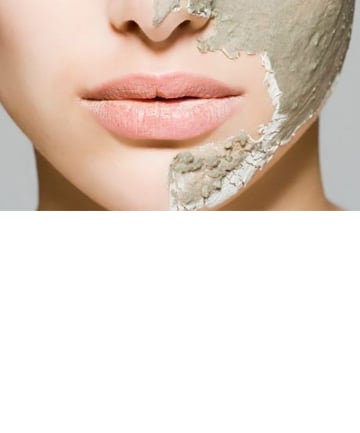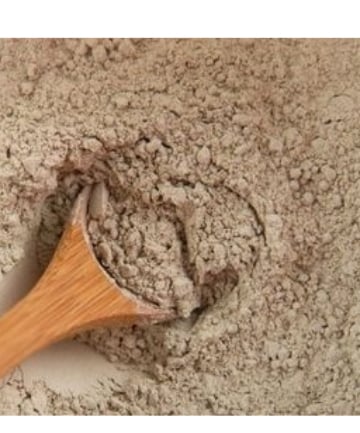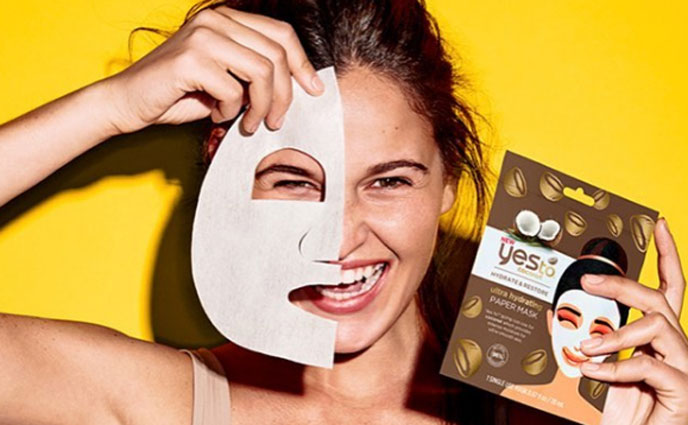Unless you've been living under a rock for the past few years, chances are you've heard of the Aztec Secret Indian Healing Clay. But for those of you who aren't familiar with the cult favorite, allow us to introduce you to one of the top-reviewed skin care products on the internet. Made with 100% bentonite clay, the budget-friendly (and slightly mysterious) skin care pick has made its way into many, many hearts.
Now, whether you're interested in trying this cult favorite for the first time or just want to know more about your favorite thing in your skin care stash, keep reading — and get ready to have all your questions answered.
Now, whether you're interested in trying this cult favorite for the first time or just want to know more about your favorite thing in your skin care stash, keep reading — and get ready to have all your questions answered.
Though its origins are somewhat shrouded in mystery, it's likely that the mask was actually first introduced in health food stores like Healthy Options and Whole Foods many, many moons ago (perhaps as long as almost thirty years ago). There, it remained a well-kept secret until it started its ascent to viral fame in the 2010s, when popular beauty vloggers like Samantha Jane and Kathleen Lights began publicly singing the stuff's praises. Now, there are millions of resellers all over the world (though it's almost always sold out in physical stores — Amazon's always a good bet).
Image via @kathleenlights
Image via @kathleenlights
If you visit the company's website, you'll find that the iconic mask is made from 100% pure calcium bentonite clay, which is sourced from volcanic ash procured from Death Valley, California. The clay is then sun-dried for up to six months in temperatures that sometimes reach 134 degrees. How cool is that?
Image via Aztec Secret Indian Healing Clay
Image via Aztec Secret Indian Healing Clay
Since the clay comes in powder form, you'll need to combine it with a liquid to create a paste. The label suggests mixing with equal parts of either water or apple cider vinegar as a base. Both work, though you might just want to give the ol' ACV a try: The acidity of the apple cider vinegar can help neutralize the pH of the clay, while also creating a smoother texture (with water, the clay is more prone to clumping).
Some websites say that you shouldn't mix the clay in a metal bowl, claiming that it could mess with the mask's magnetic field... strange, right? Well, chances are, you don't have to worry about that: As cosmetic chemist Randy Schueller explained to Allure, the metal has no effect whatsoever in the clay's ionic charge. So mix away in the container of your choosing!
Image via Aztec Secret Indian Healing Clay
Image via Aztec Secret Indian Healing Clay









